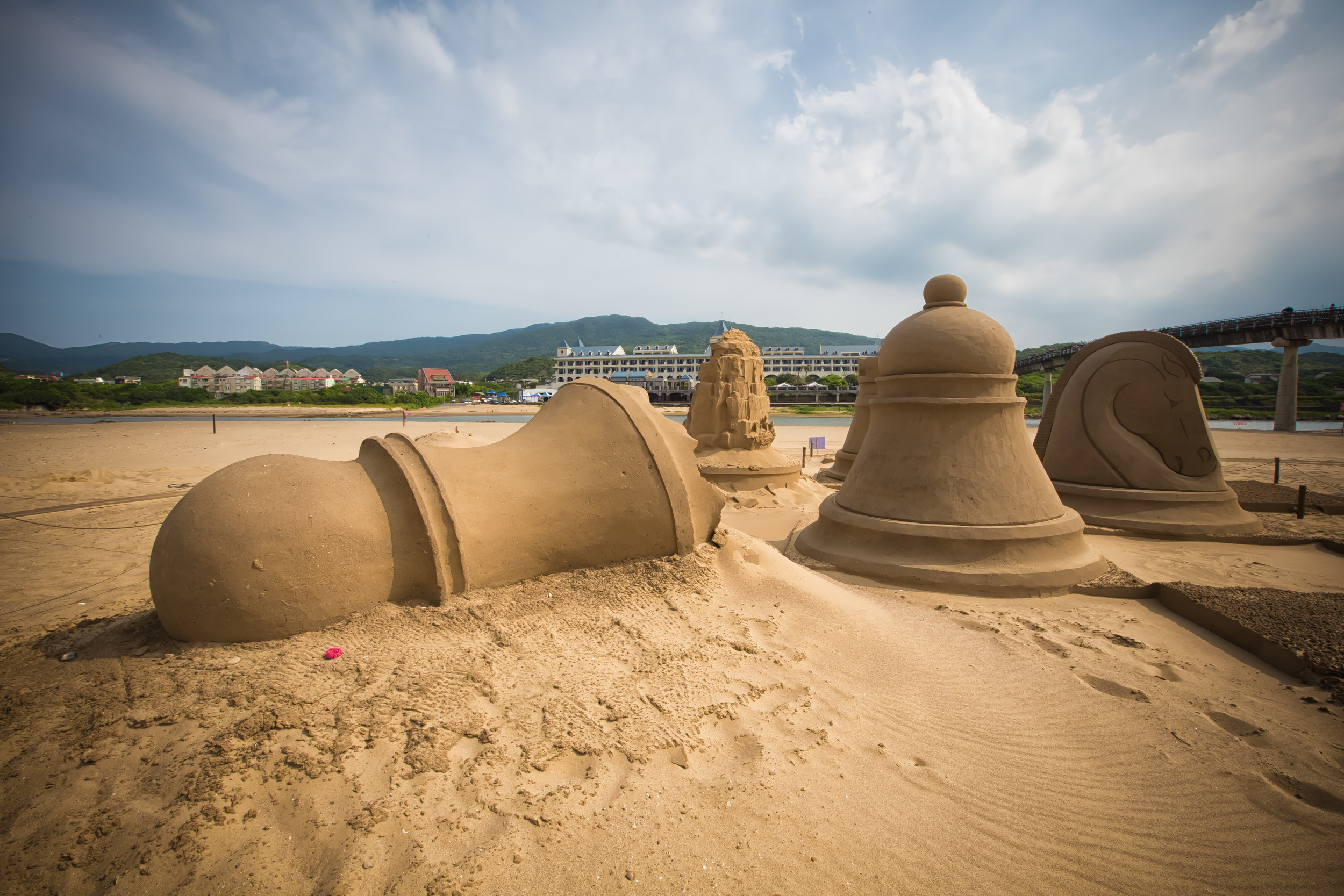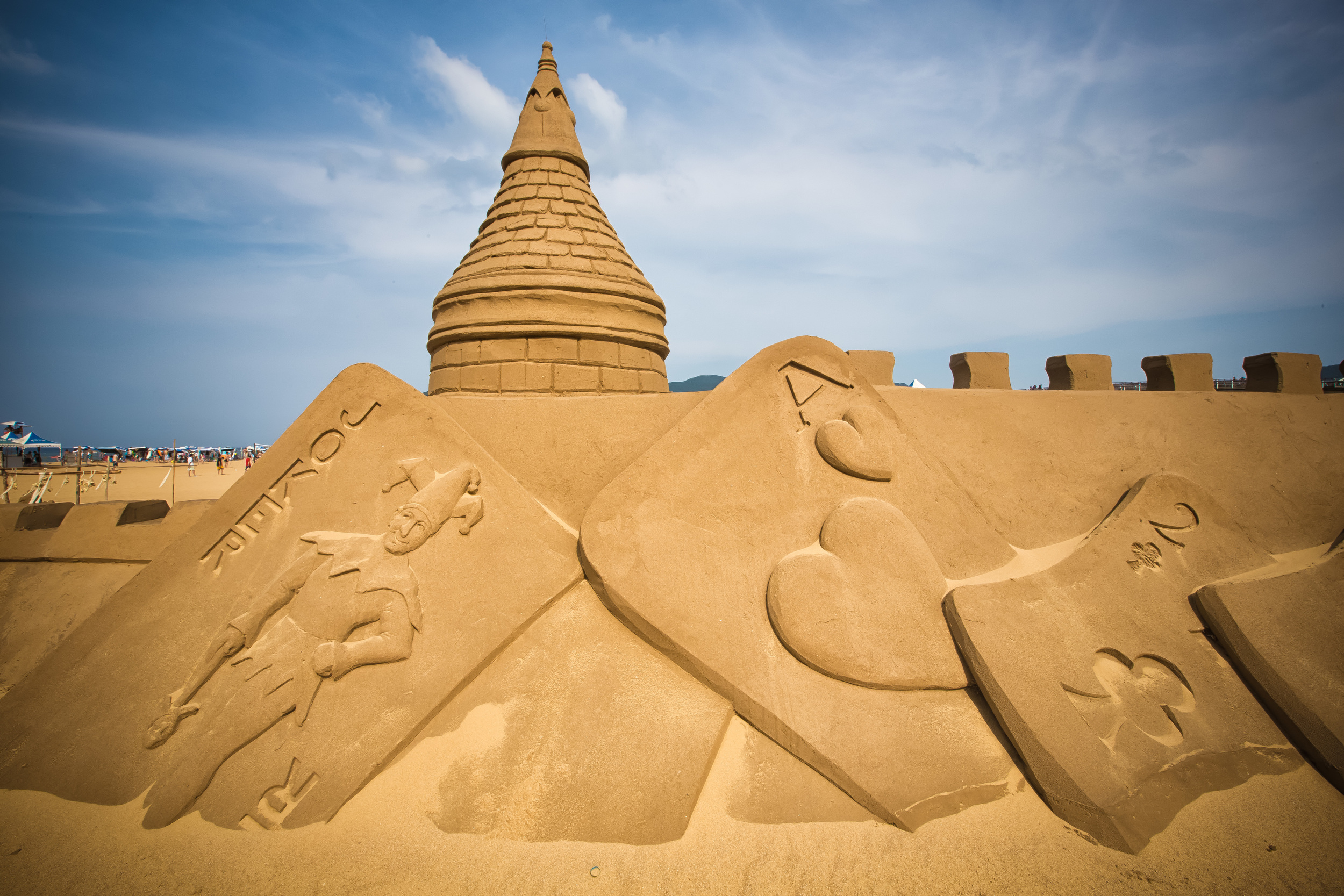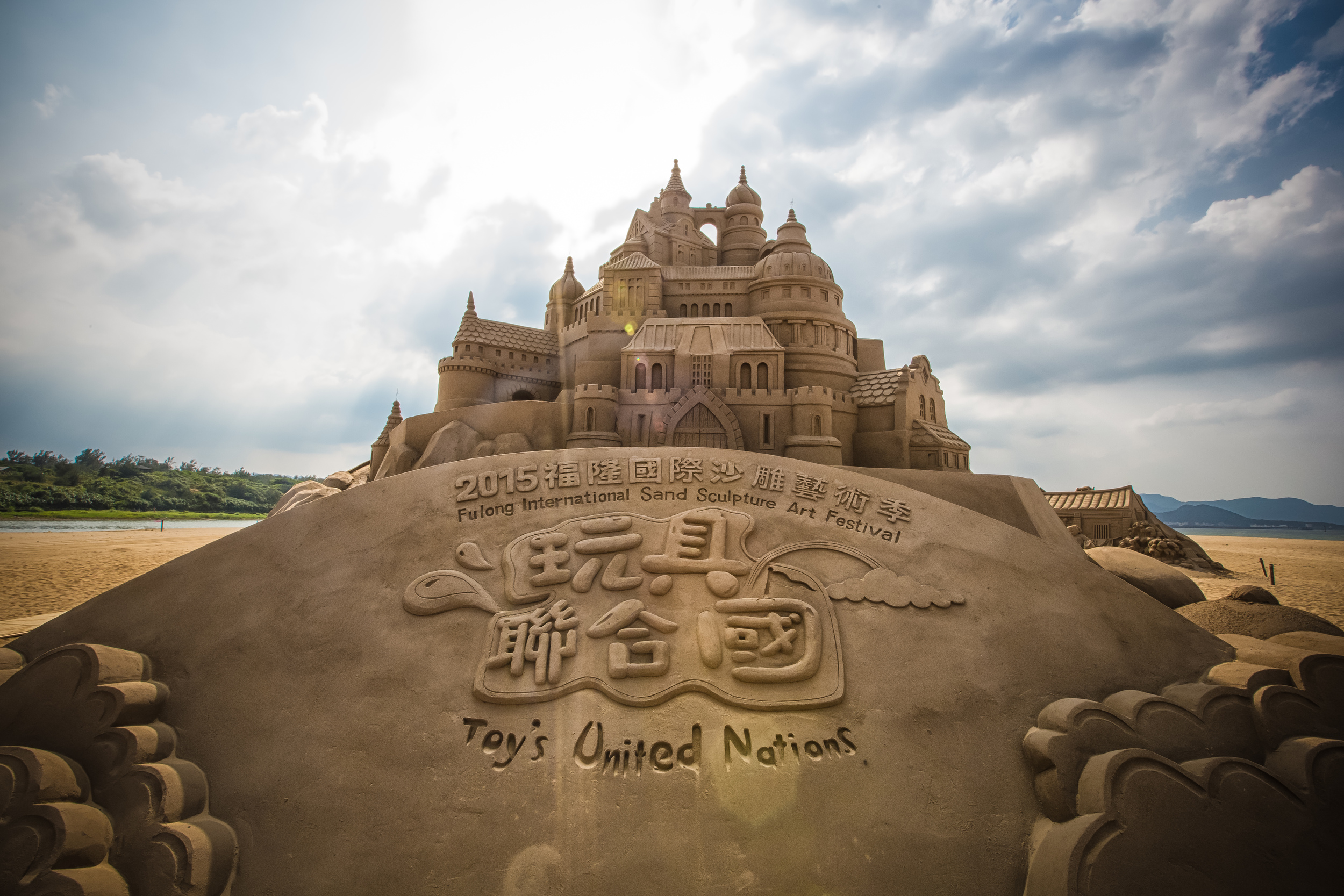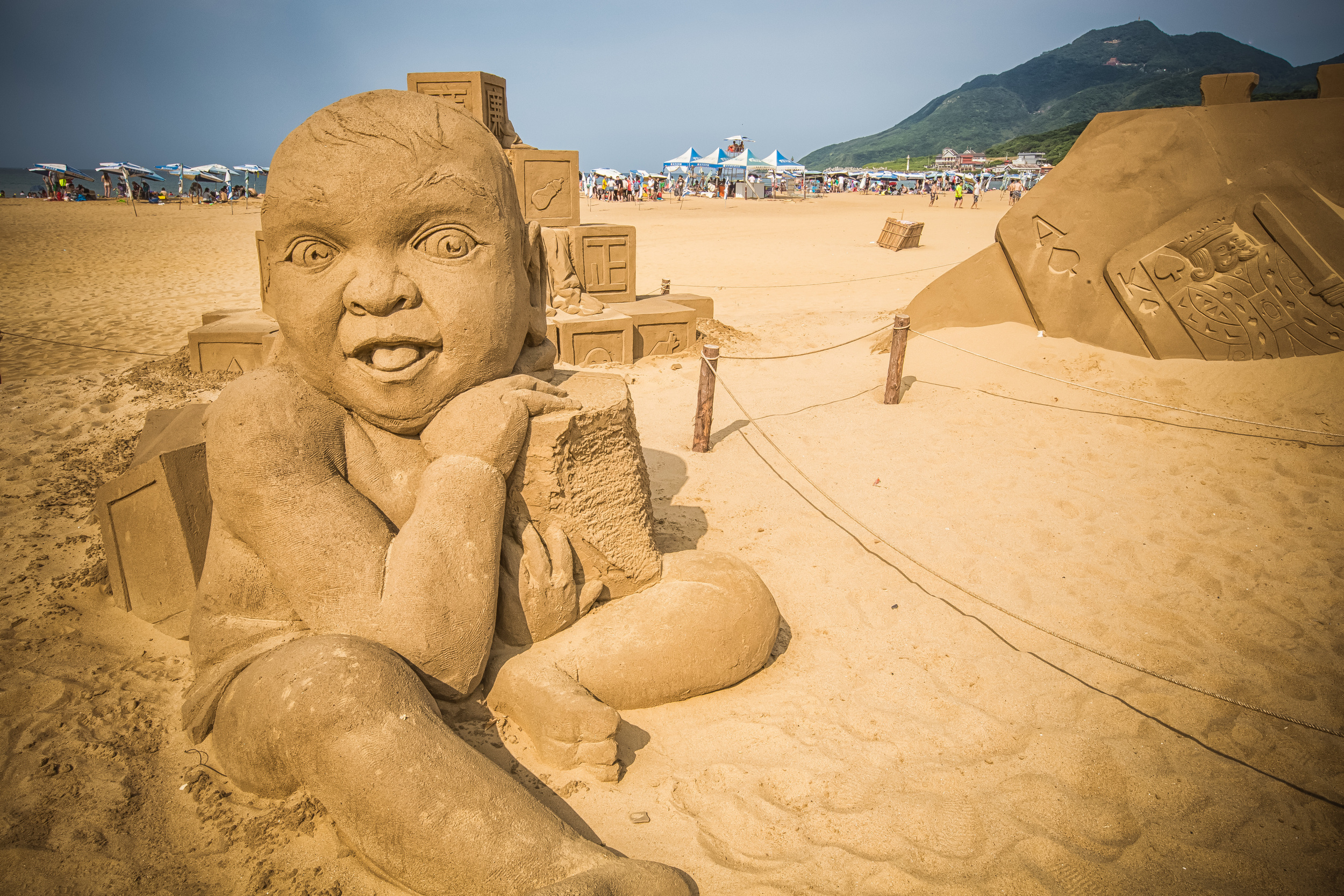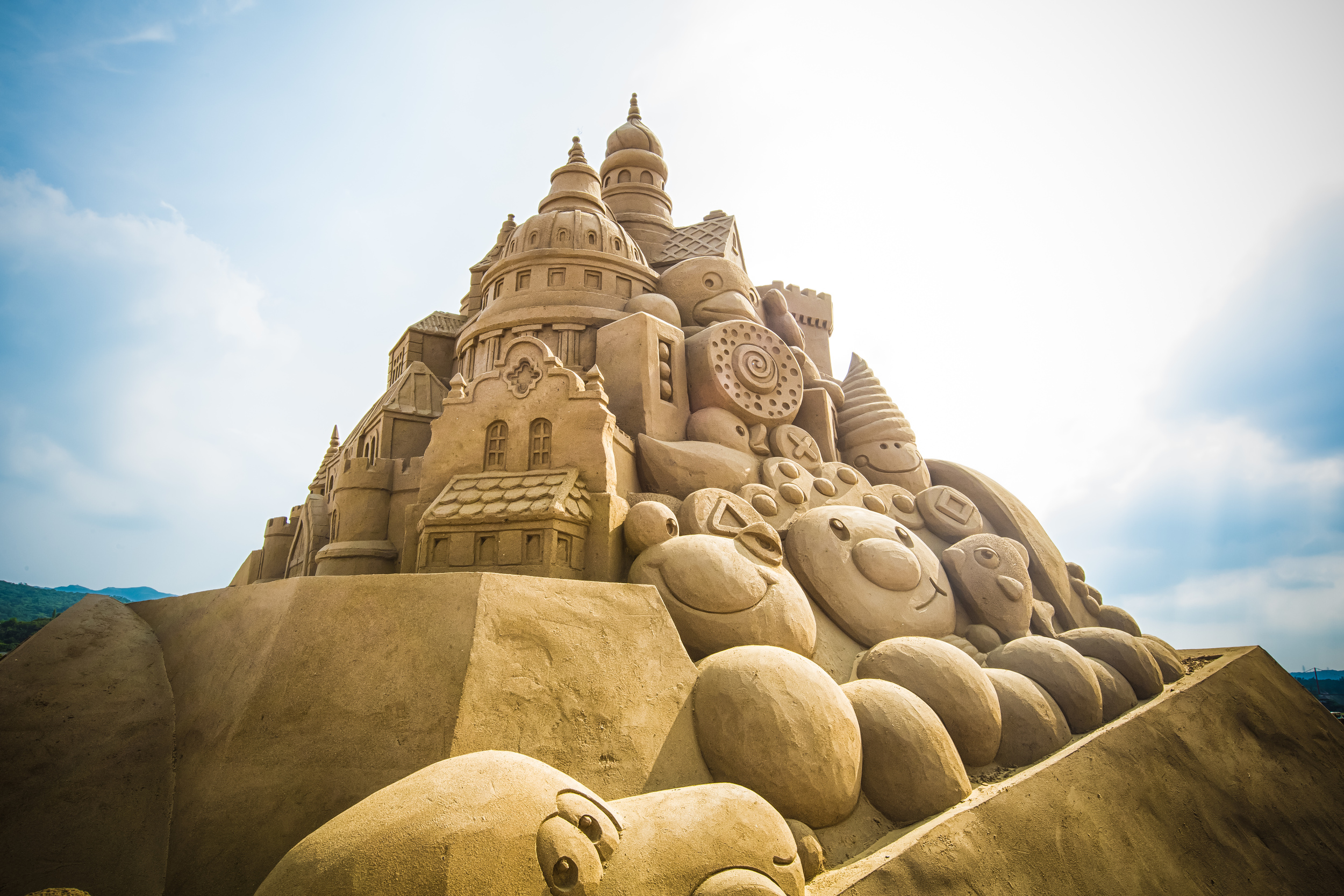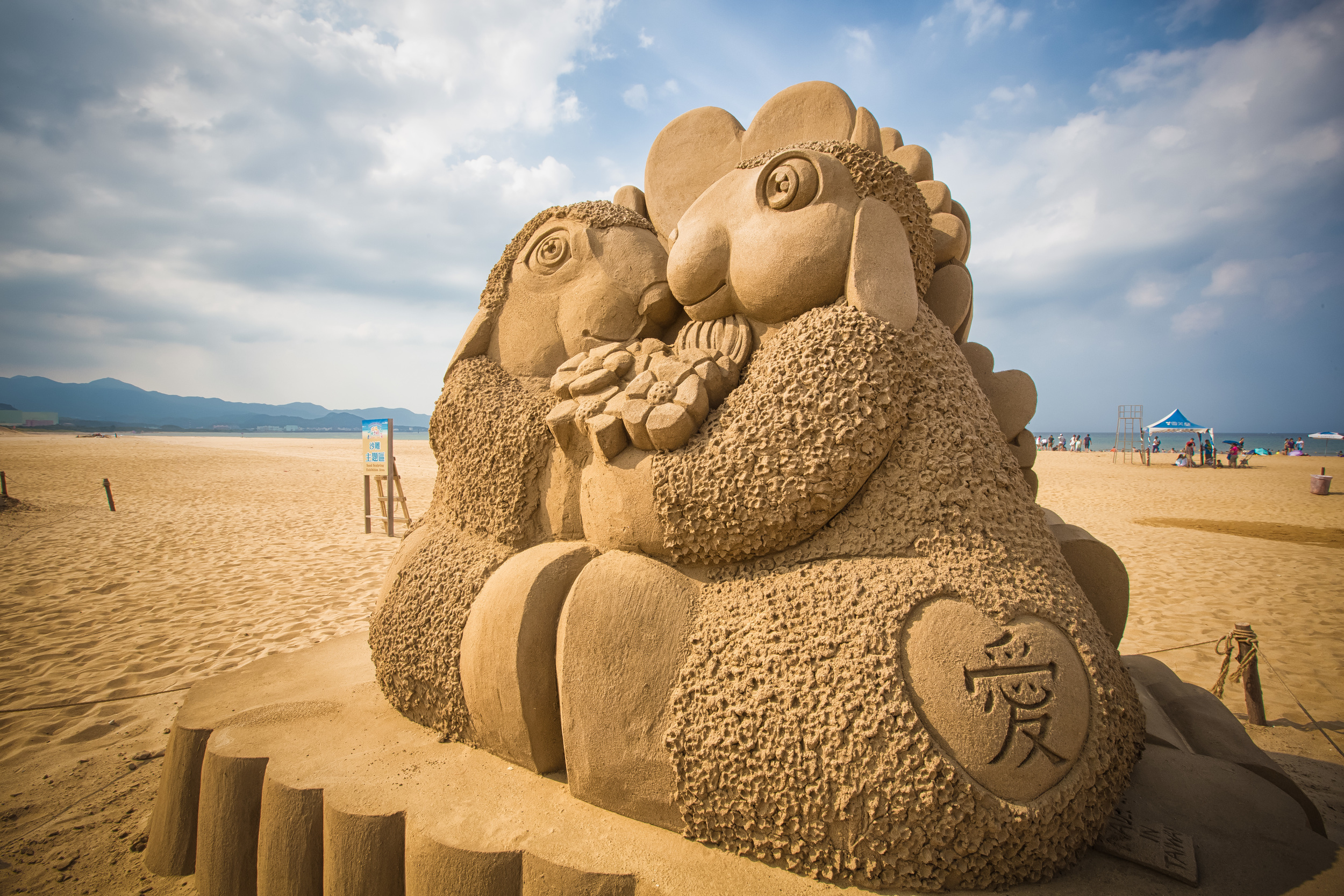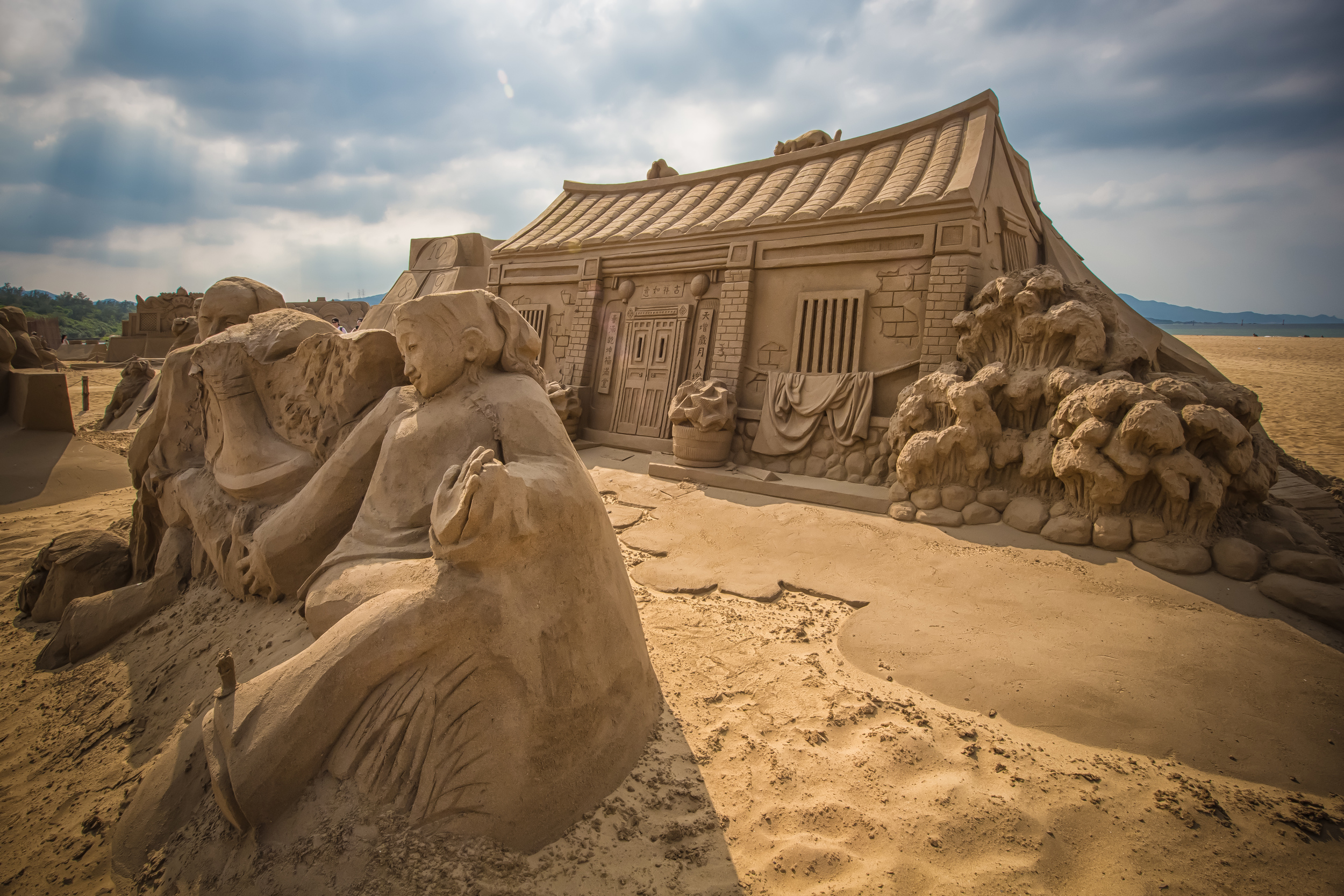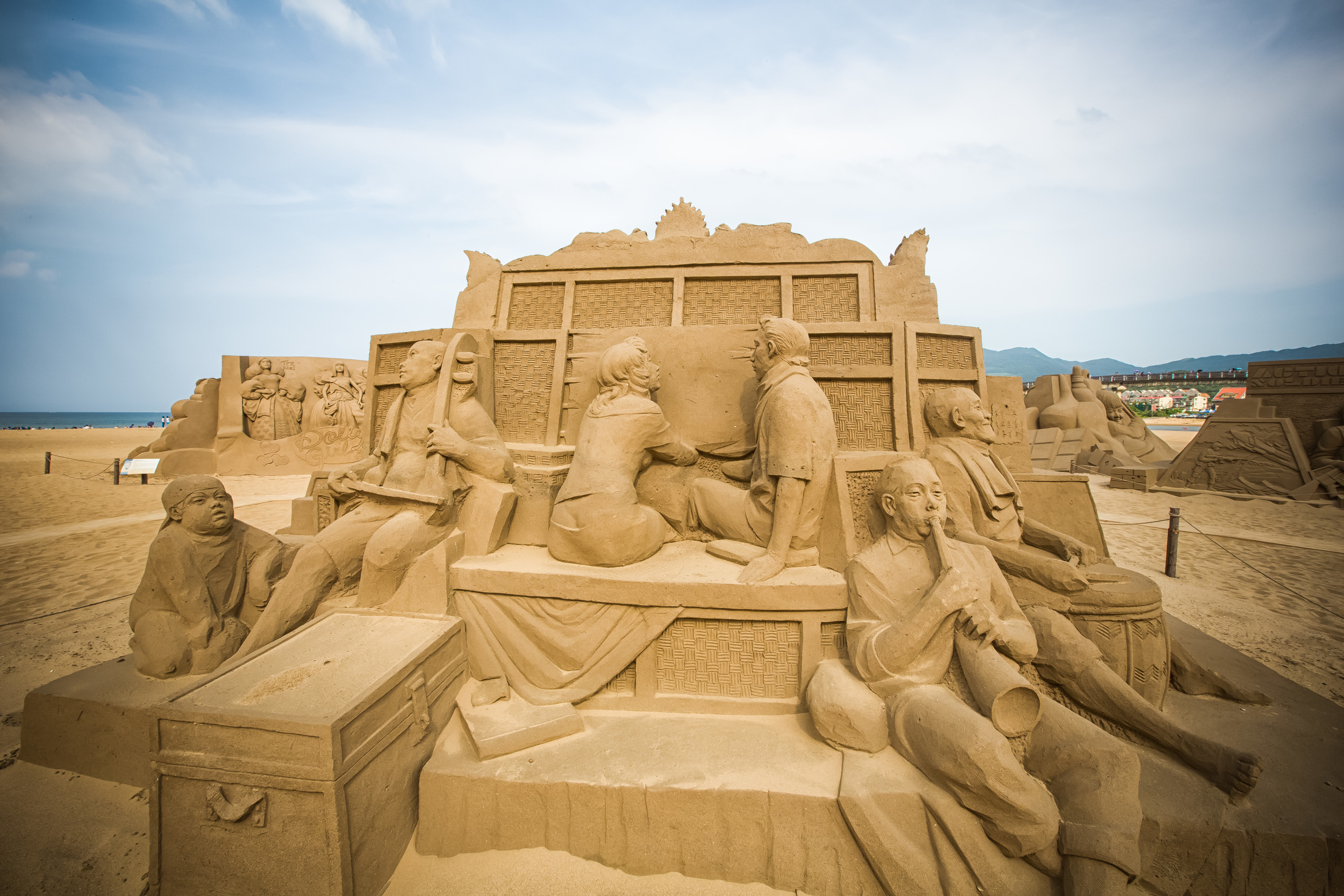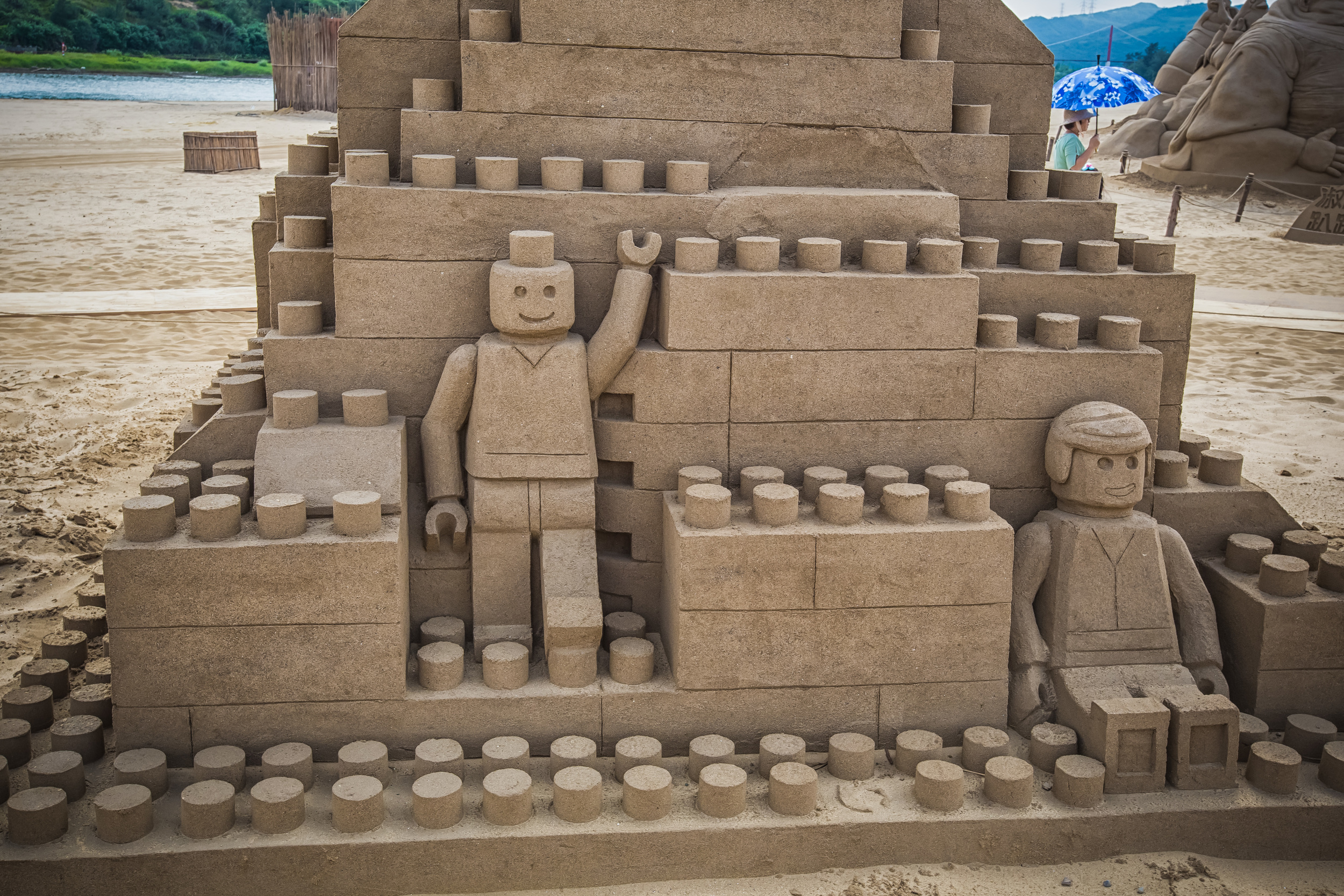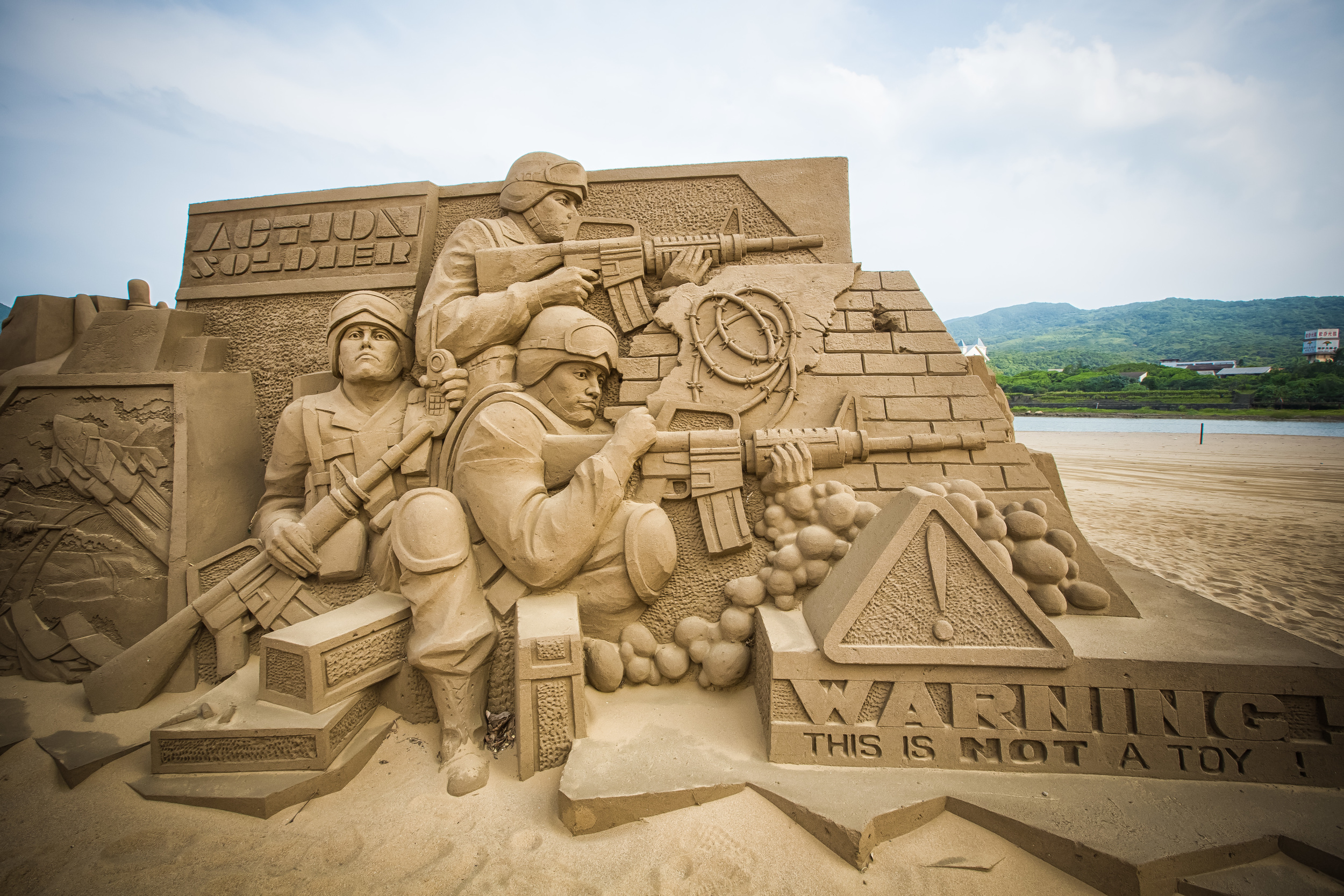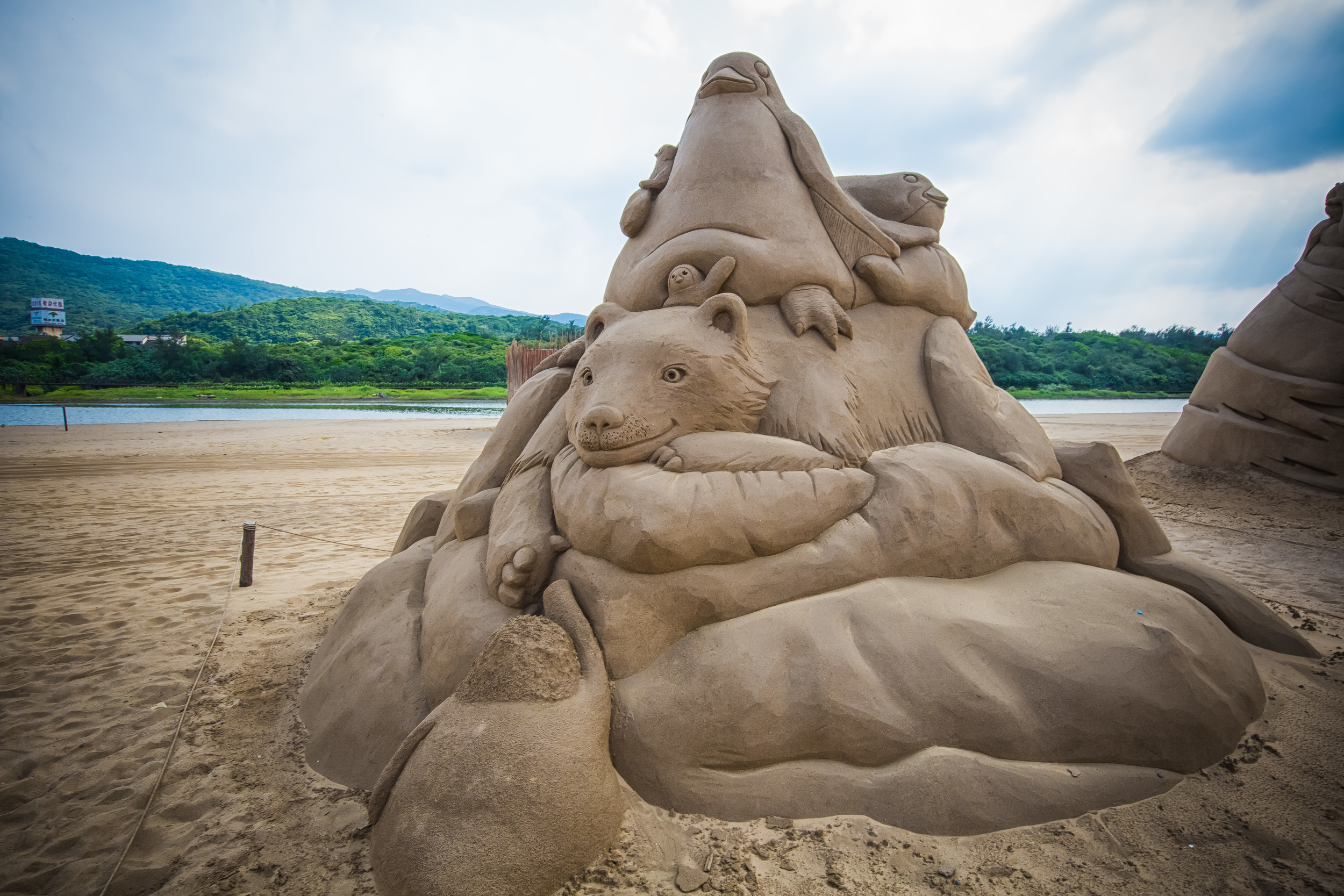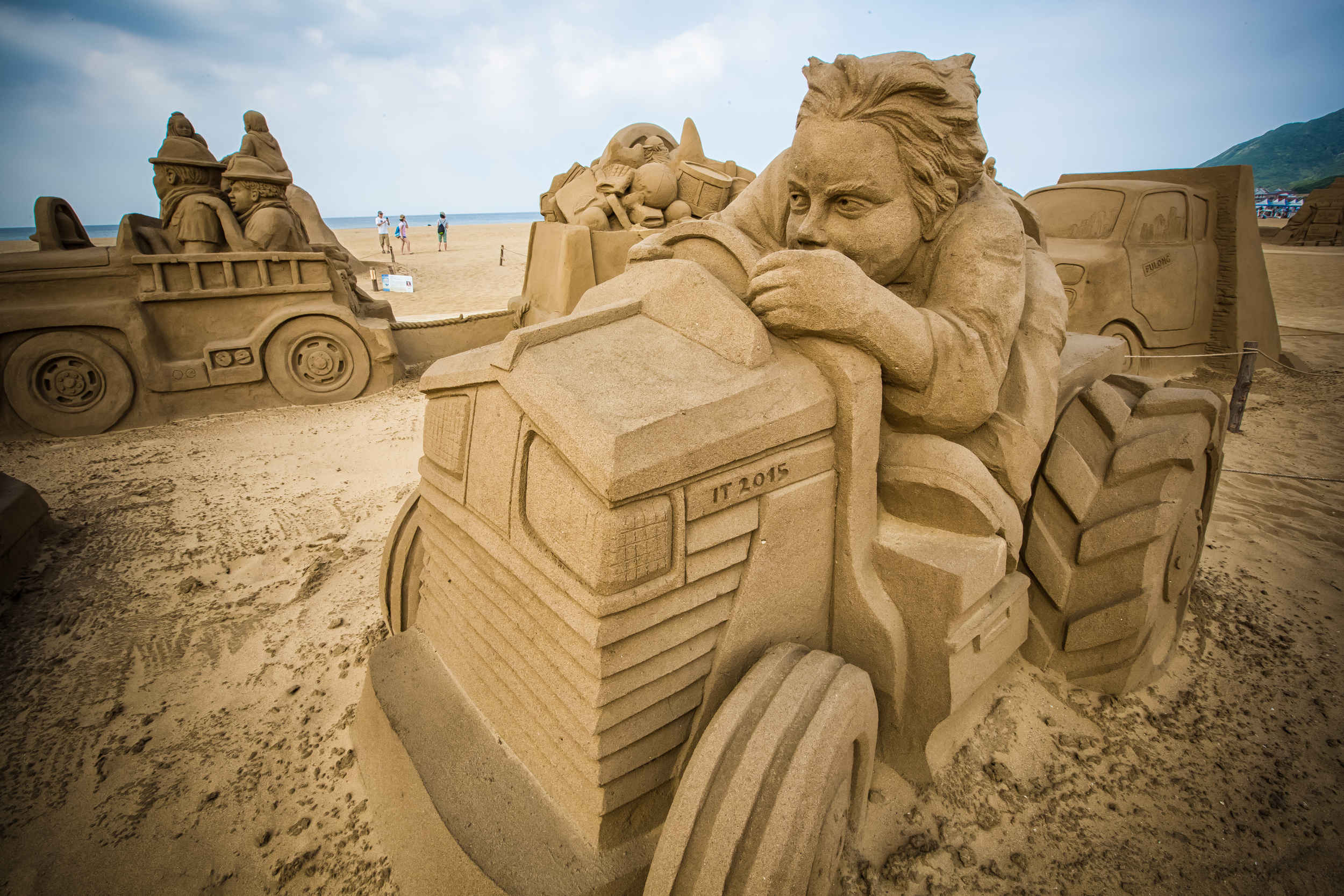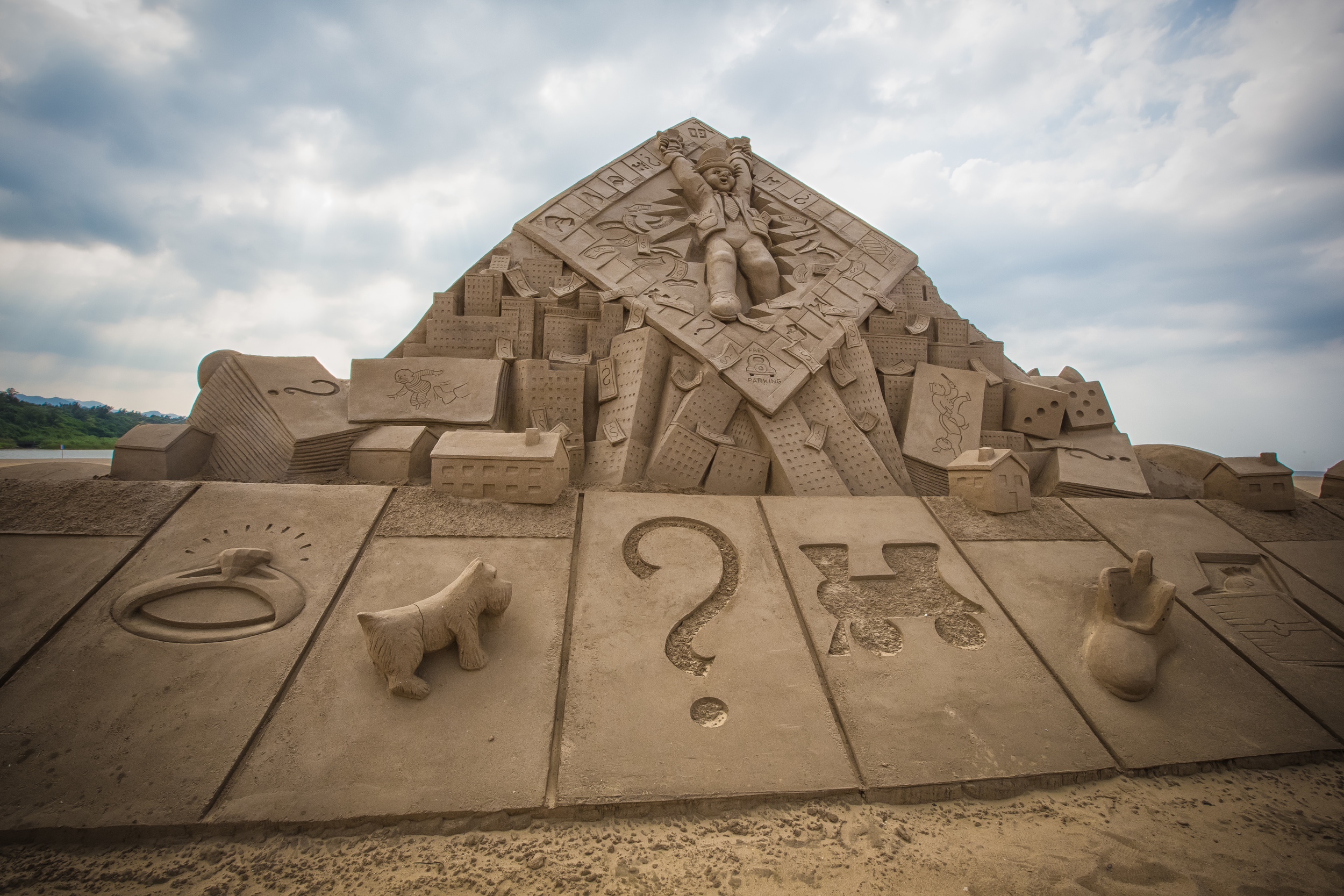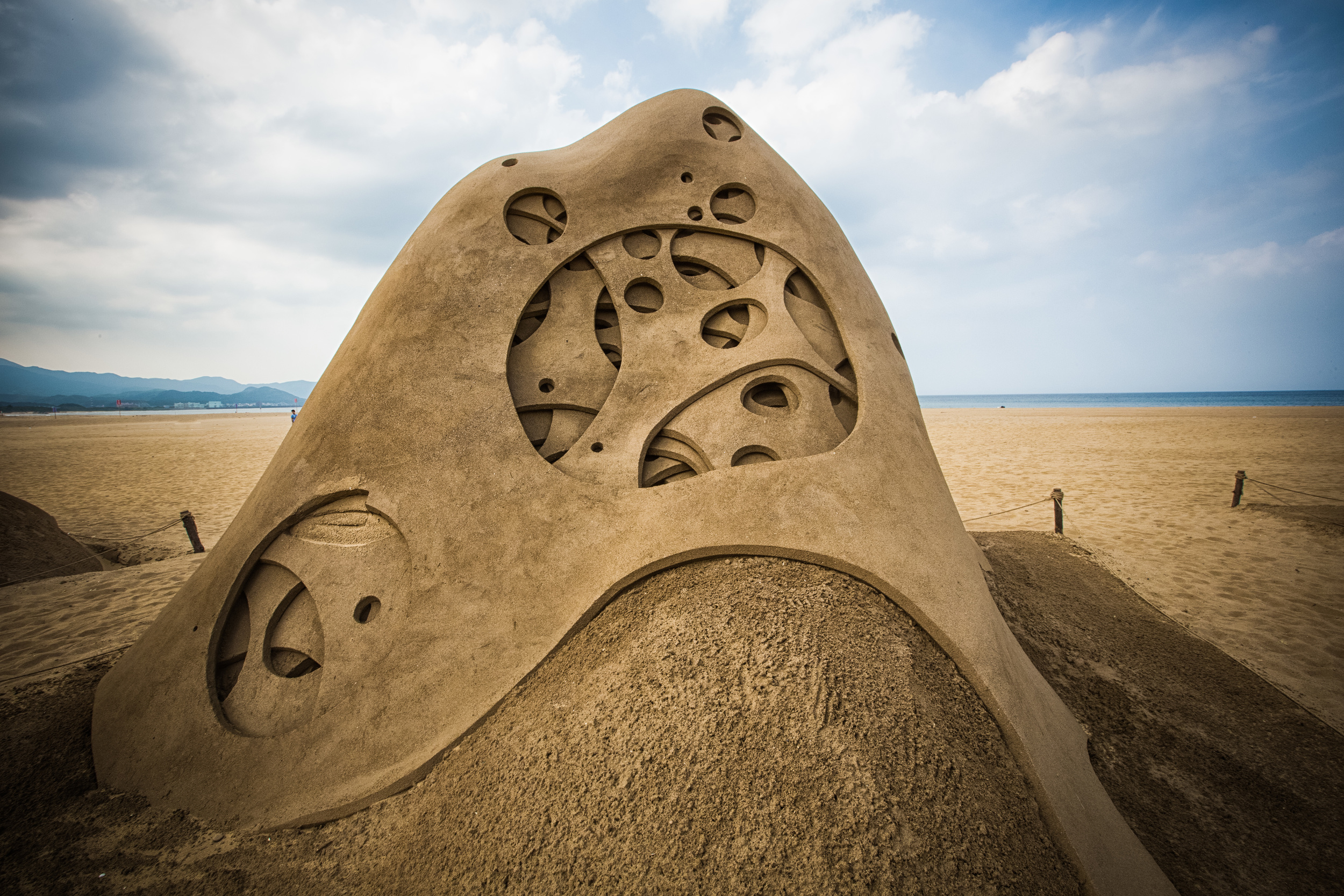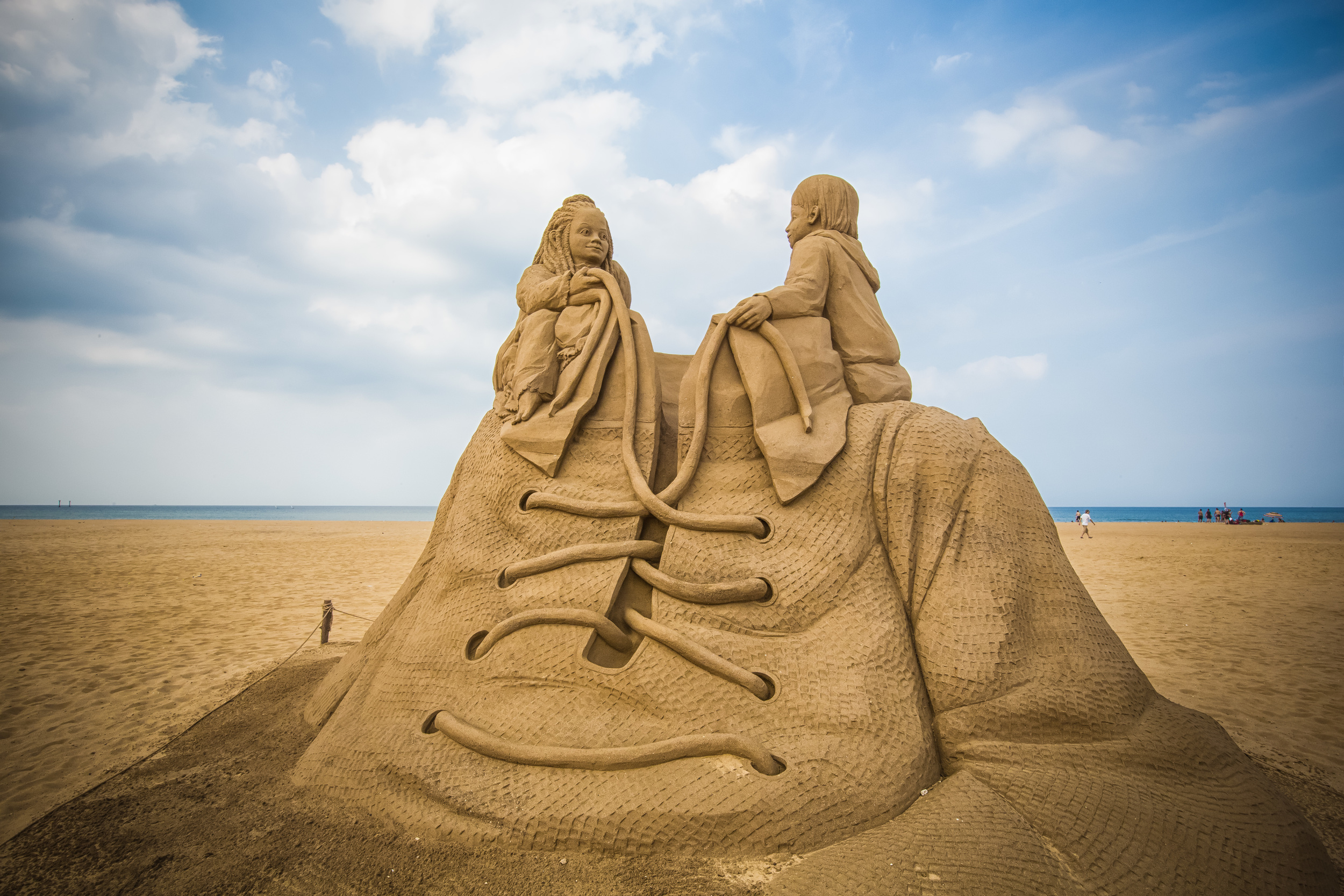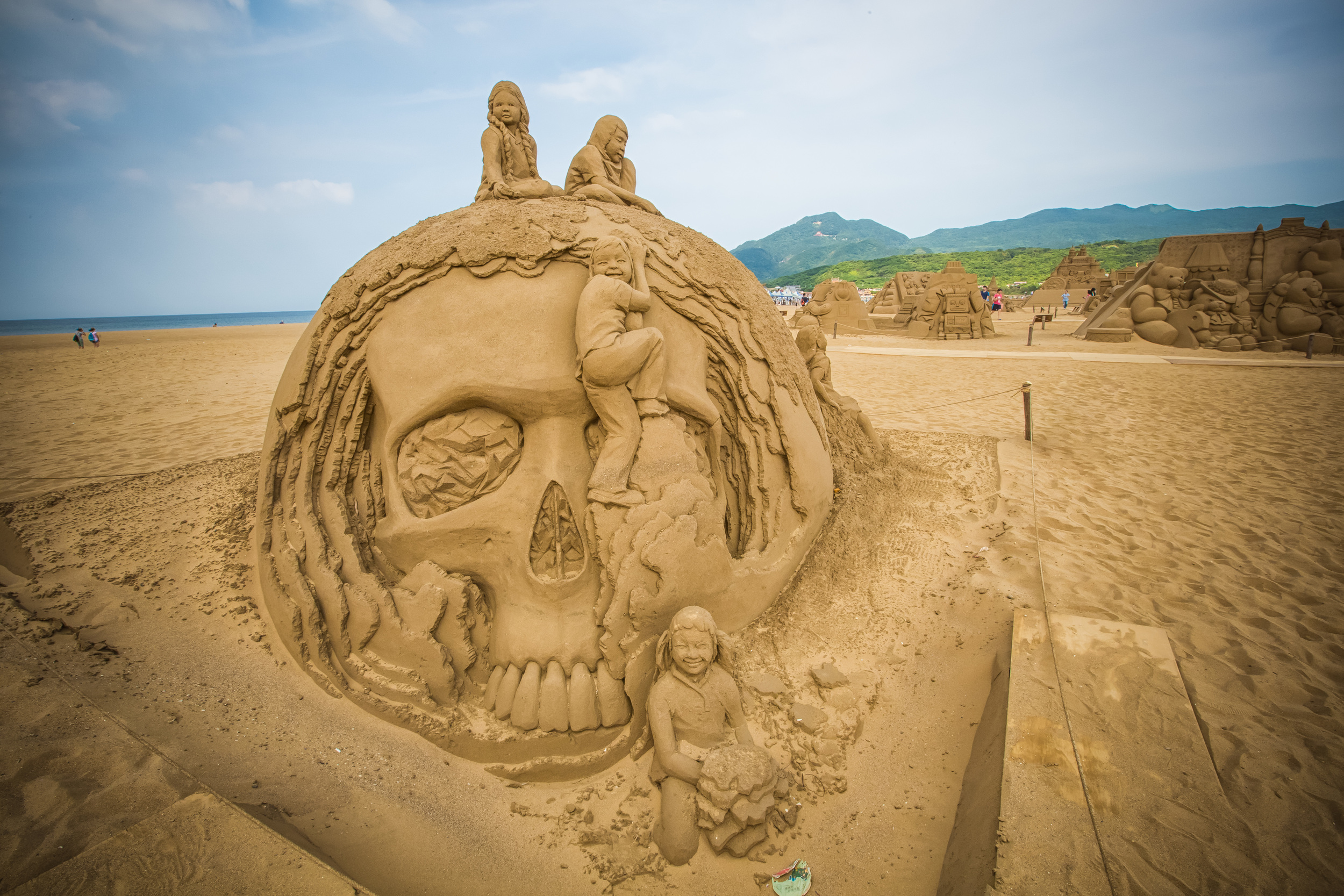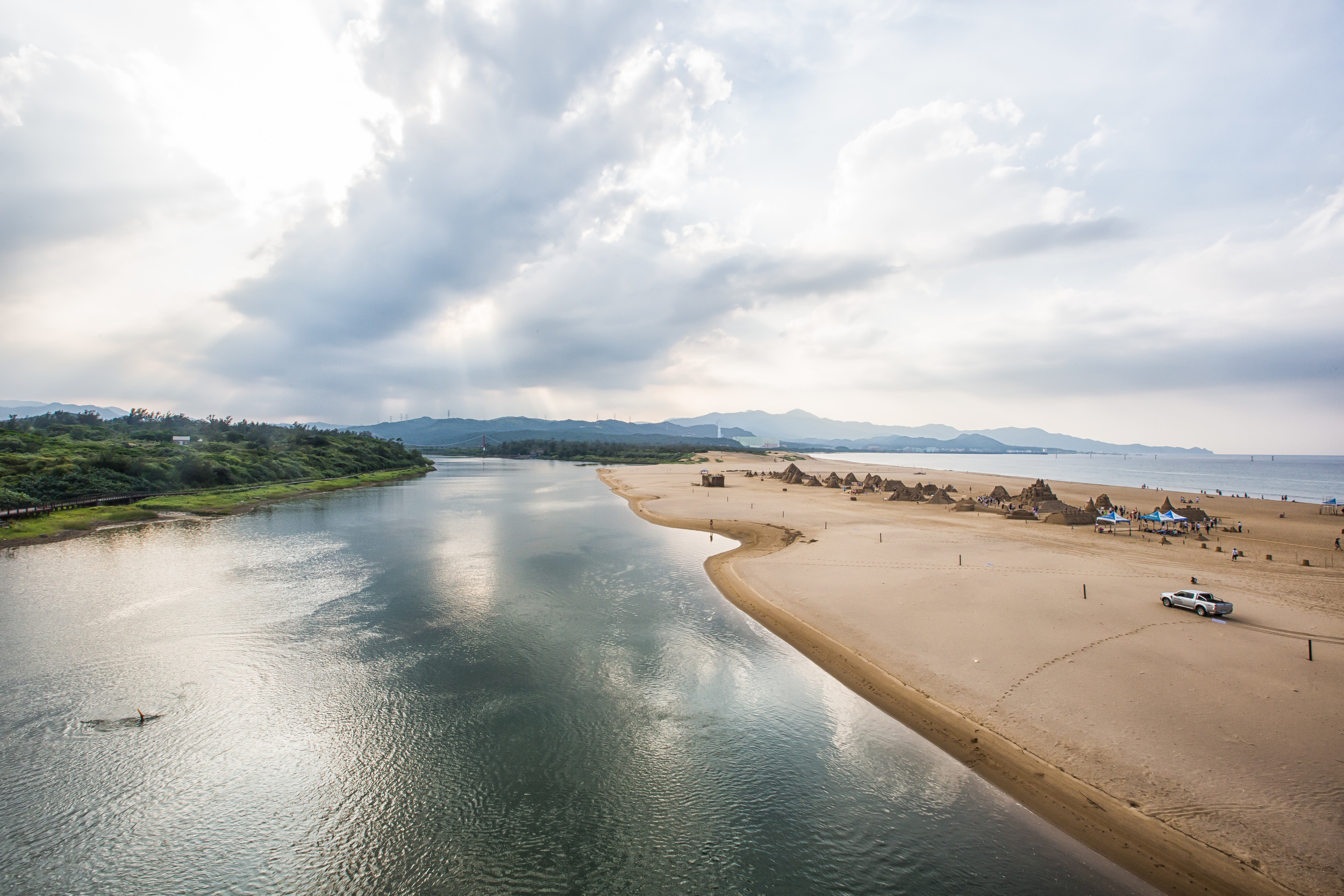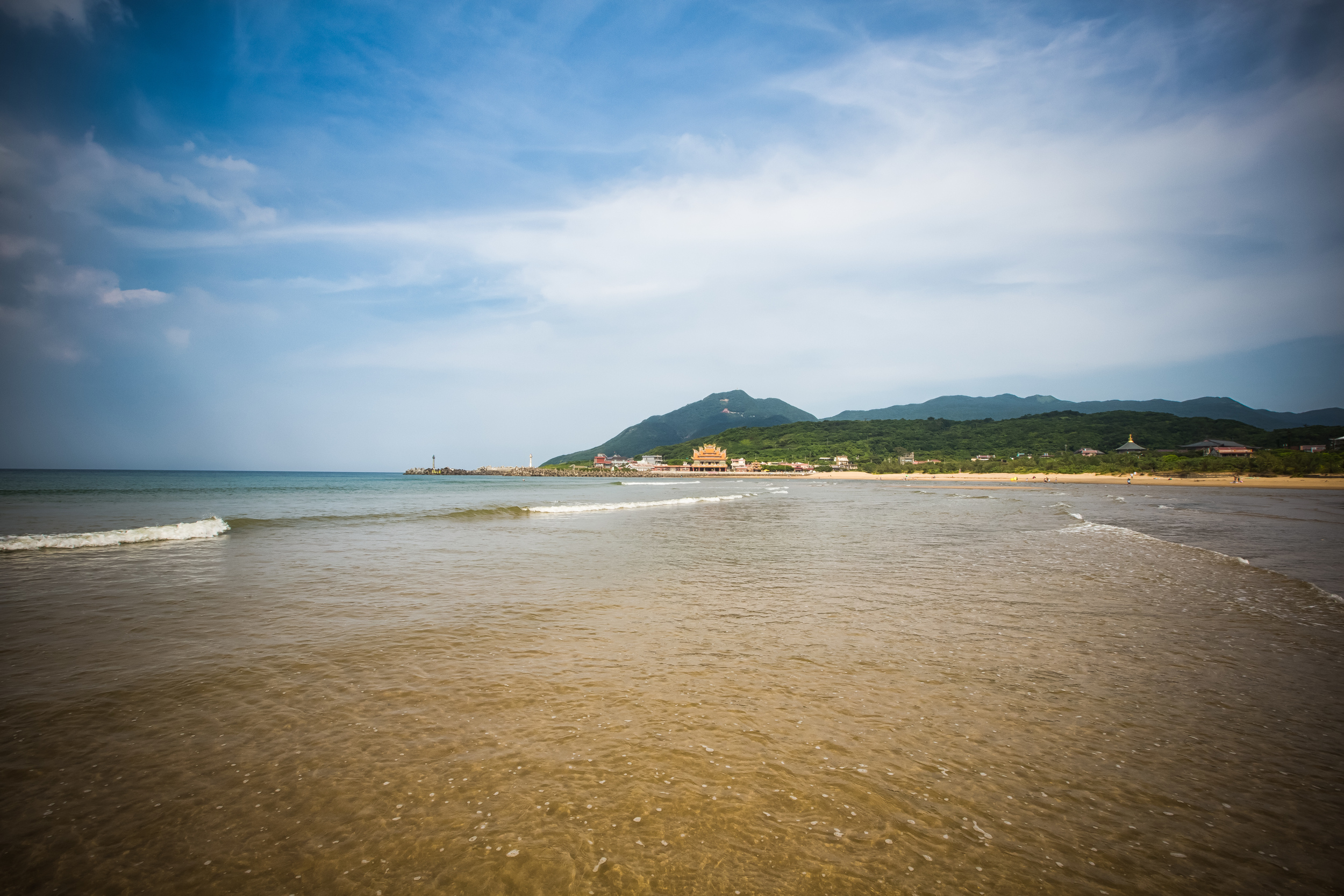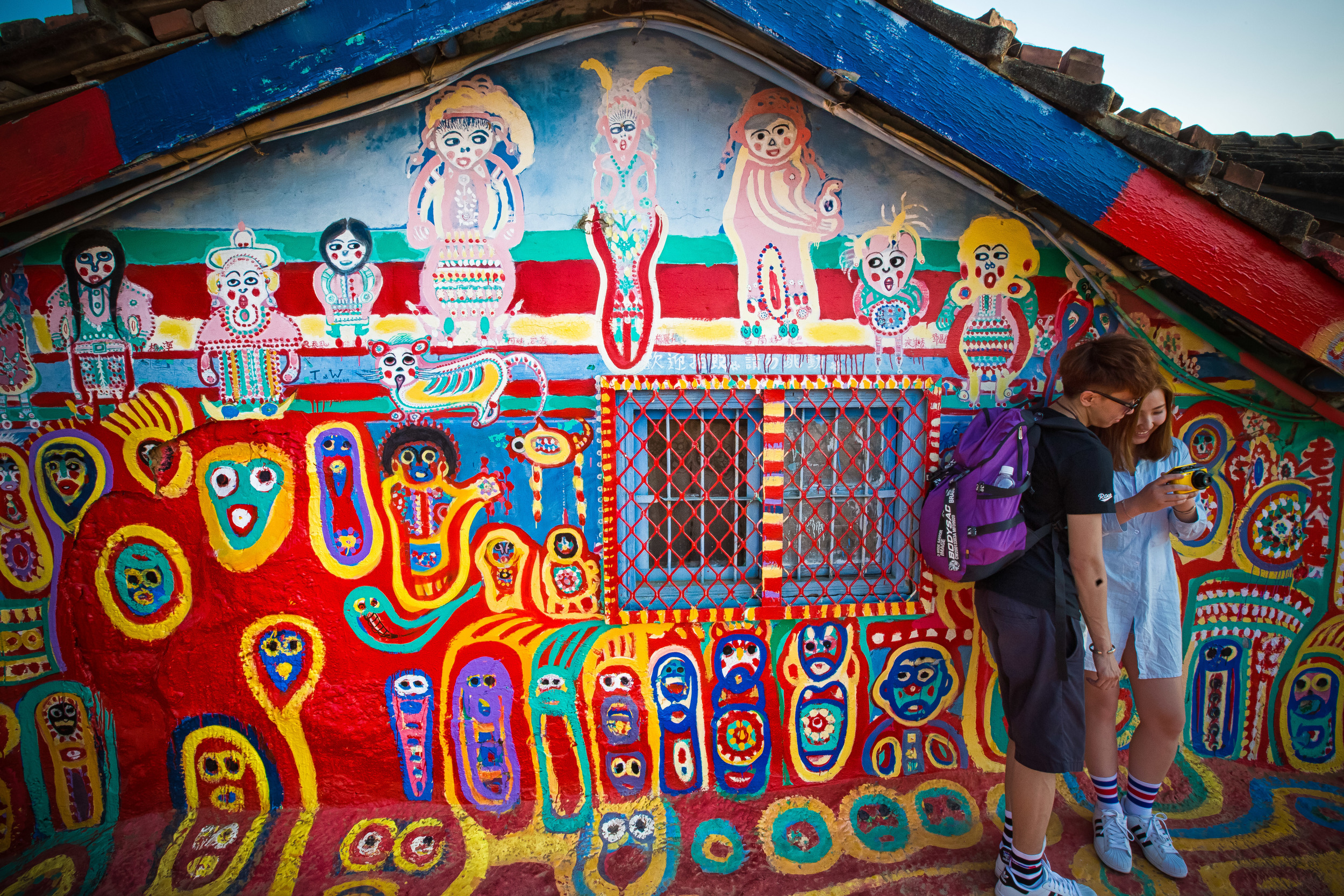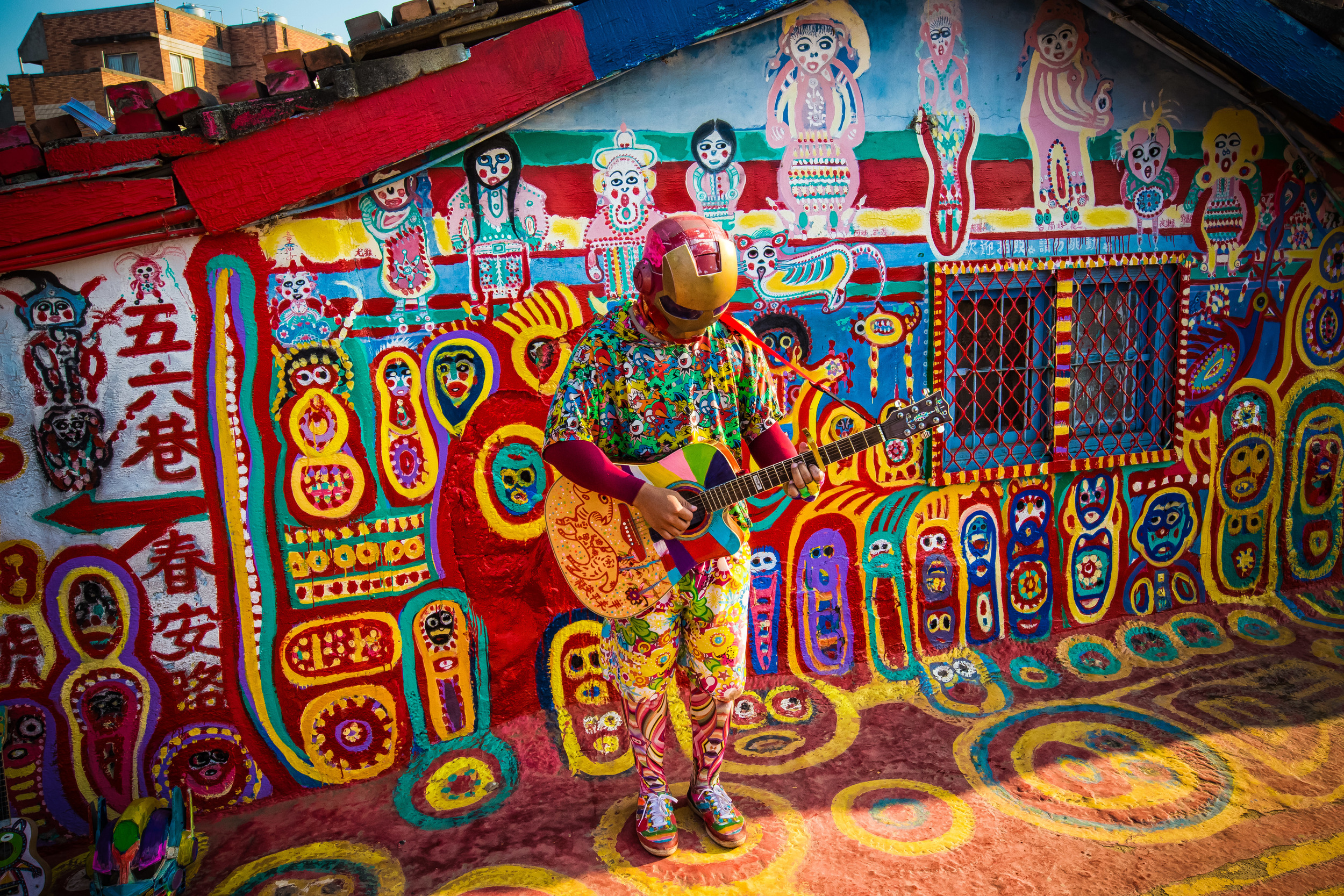I decided to push this post ahead of the others I have waiting to be published as this weekend will be a big one at Fulong Beach on the North East Coast of Taiwan with summer in full swing as well as having both the Fulong Sand Sculpture Art Festival (福隆國際沙雕藝術季) and Fulong Full On (福隆海灘派對) happening at the same time.
With it being a July weekend and having two summer festivals happening simultaneously at the beach you can imagine there will be large crowds of people. If you are making plans to get yourself to Fulong for the festivities make sure you get on the train or the bus early so that you're sure to get yourself there.
The 2015 Fulong Sand Sculpture Art Festival (福隆國際沙雕藝術季) has been on since May 12th and will finish up on July 12th. The event is held annually at Fulong Beach and features beautifully designed sand sculptures artists created by artists from around the world.
The theme for the Sand Sculpture festival this year is "Toy Nations" and 27 artists from 13 countries were invited to take part in the event designing sand sculptures from their childhood memories.
Considering most of the artists are likely my age they have designed sculptures with Lego characters, remote control cars, teddy bears, robots, toy soldiers and the Monopoly board game as well as some traditional Taiwanese sculptures.
The sculptures are large, beautifully designed and quite impressive to someone like myself who has no idea about the art form. I've seen ice sculptures in Carnaval de Québec and at the Harbin Ice and Snow Sculpture Festival (哈爾濱國際雪節) which are also quite impressive, but it seems to me that it'd be a bit more annoying to design a sculpture with sand than it would be with a block of ice.
The best thing about the Sand Sculpture Festival is that when you are done checking out the sculptures you can enjoy the beautiful beach. Fulong is probably the best beach in Northern Taiwan and it is easily accessible by train as the Fulong Train Station (福隆車站) is across the street from the beach parking lot.
Fulong Full On (福隆海灘派對) is an all day event taking place on Saturday July 4th starting at 12:00pm. The event is being organized by Taipei Trends and will feature water balloon tosses, relay races and sand sculpture competitions, etc. with food, drinks, live music and DJs.
The purpose of the party is to promote beach culture, get people outdoors and to network with each other in order to bring together the community of expats in Taiwan as well as our Taiwanese friends.
For more information about the event check out the event page linked below or read the article from the Taipei Times which describes it in greater detail.
If you are looking for something to do this weekend, why not take a trip to Fulong and enjoy the beach and the two events that are taking place? I won't be there personally as my skin is about as red as a cooked lobster from hanging out at the beach all day earlier this week. I hope if you go though that you have a lot of fun and meet some new friends!
For more info about how to get to Fulong and what buses and trains are available check the Fulong Full On event page on Facebook where they have done an excellent job preparing information about getting yourself to the beach.
Gallery / Flickr (High Res Shots)
